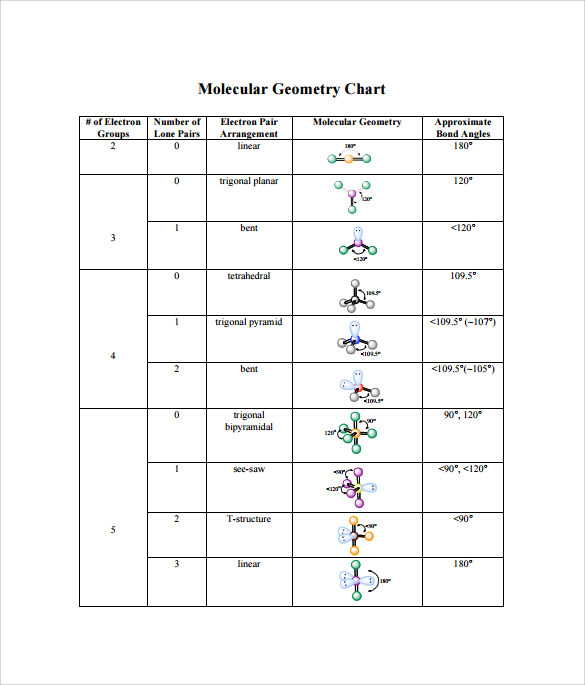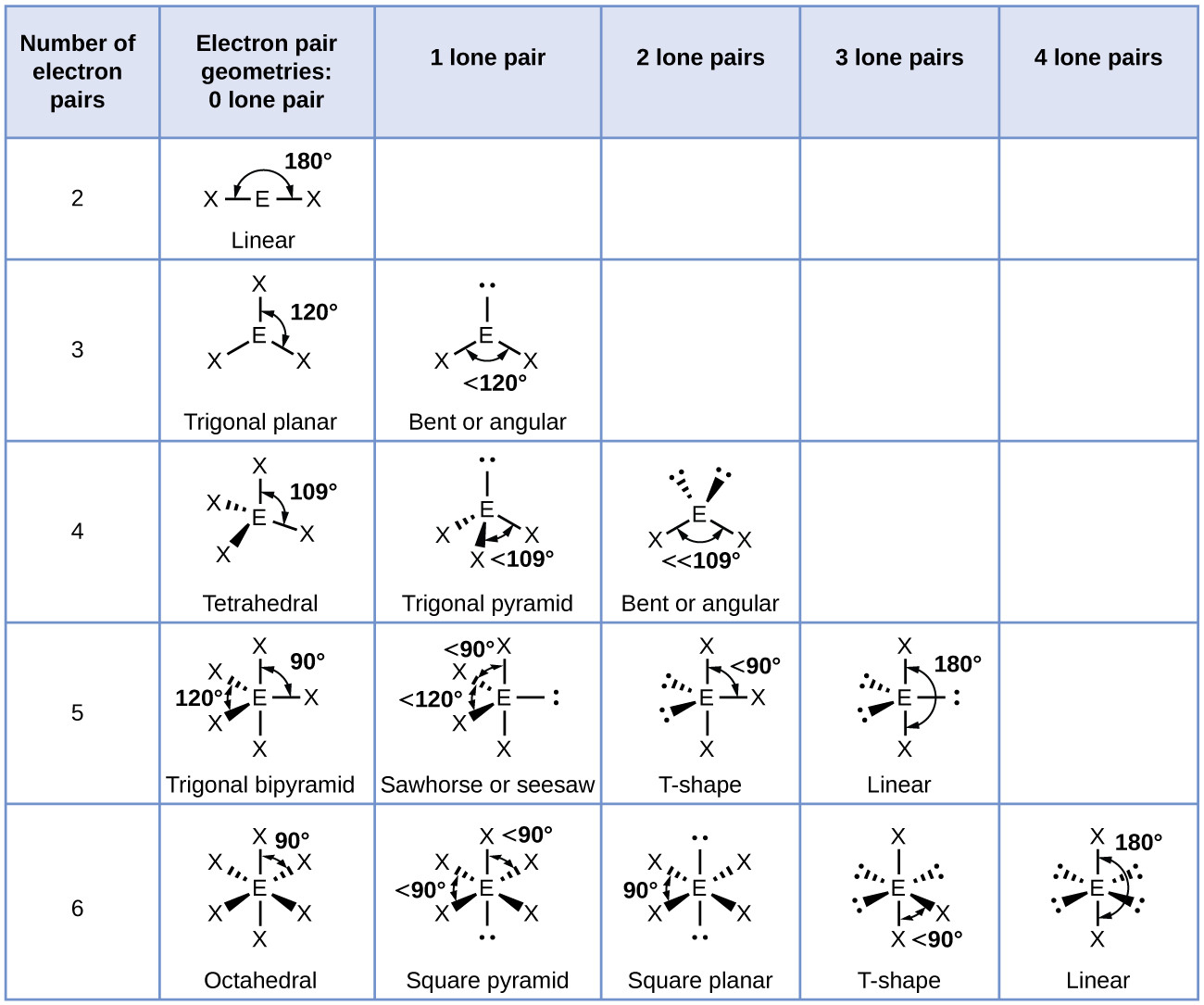
Simulated molecules show an excellent agreement with their counterpartsĬomputed using classical quantum chemistry methods. The optimized geometrical parameters for the Simulations are performed using the PennyLane library for quantumĭifferentiable programming. Rotations are selected according to the norm of their gradient. Using an adaptive algorithm where excitation gates in the form of Givens Used to prepare the electronic ground state for each molecule were designed files name: date: section: course: laboratory all in the shape: discovering molecular geometry structure begets function. The algorithm is applied to find theĮquilibrium geometries of the $\mathrm$ molecules.

Molecule is obtained by minimizing a more general cost function that depends onīoth the quantum circuit and the Hamiltonian parameters, which are Molecule by explicitly considering the parametric dependence of the electronic

Variational quantum algorithm for finding the most stable structure of a Impractical already for few-atom systems.
#Molecular geometry pdf#
Our study provides a fruitful avenue for applying electrostatic repulsion to modulate molecular geometry, consequently improving the optoelectronic properties of organic semiconductors.Authors: Alain Delgado, Juan Miguel Arrazola, Soran Jahangiri, Zeyue Niu, Josh Izaac, Chase Roberts, Nathan Killoran Download PDF Abstract: Classical algorithms for predicting the equilibrium geometry of stronglyĬorrelated molecules require expensive wave function methods that become The molecular shape is an almost symmetrical tetrahedron with oxygen positioned in its.

F-2PDI-4F is one of the few examples among numerous PDI acceptors that can achieve PCEs exceeding 9%. Download scientific diagram Molecular geometry of a water molecule. Thus, the device with PBDB-T and F-2PDI-4F achieved a high FF of 66.9% and the best PCE of 9.05%. The performance showed that the combination of a highly crystalline donor (acceptor) and a weakly crystalline acceptor (donor) was beneficial for the improvement in FF due to the improved microstructure of the blend films. These two acceptors were incorporated with two polymer donors, PTB7-Th and PBDB-T, with varied crystallinities to fabricate a solar cell device. This model is fairly powerful in its predictive. We will use a model called the Valence Shell Electron-Pair Repulsion (VSEPR) model that is based on the repulsive behavior of electron-pairs. The repulsion of F⋯F reduced the coplanarity of PDI and created a dihedral angle of 12.6°, which endowed F-2PDI-4F with relatively weak crystallinity as compared to its analogue F-2PDI without fluorination. Molecular Geometry VSEPR At this point we are ready to explore the three dimensional structure of simple molecular (covalent) compounds and polyatomic ions.

To tune the morphology impacted by the molecular geometry of the donor and the acceptor, a fully fused PDI derivative F-2PDI-4F, wherein the adjacent bay positions of PDI were substituted by fluorine atoms, was rationally designed and synthesized.
#Molecular geometry plus#
By analyzing the photovoltaic parameters of organic solar cells based on perylene diimide (PDI) acceptors, we found that the power conversion efficiencies (PCEs) showed an approximately positive linear correlation with the fill factors (FFs), which were mainly determined by the morphology. Molecular Geometry Van Koppen/Offen Procedure: draw Lewis Structure, determine Steric Number (SN), Molecular Geometry and Hybridization SN of atoms bonded to the central atom plus of lone pairs on the central atom (SN the effective number of electron pairs surrounding a central atom).


 0 kommentar(er)
0 kommentar(er)
